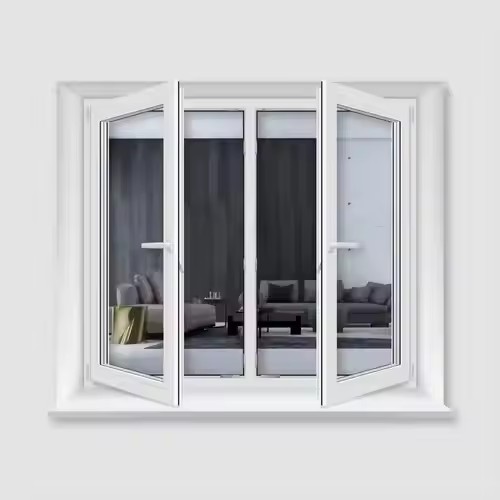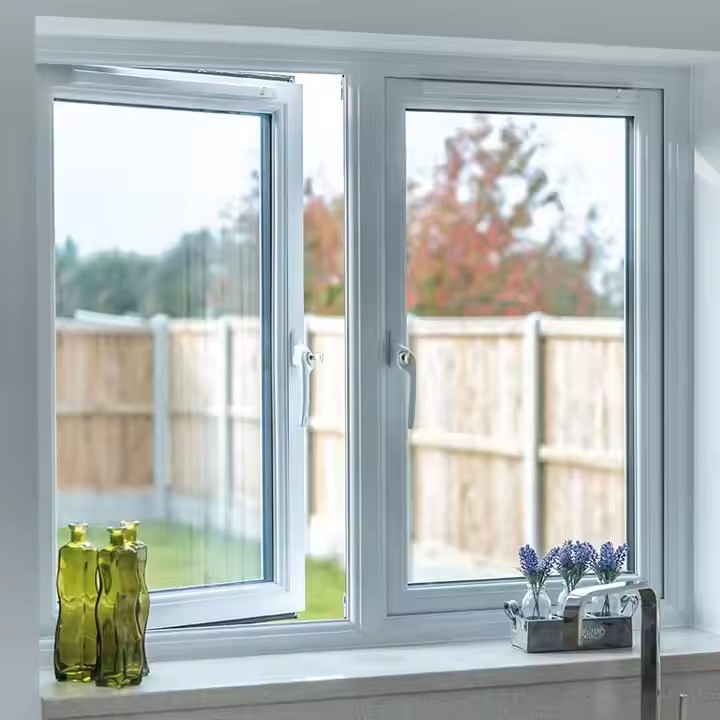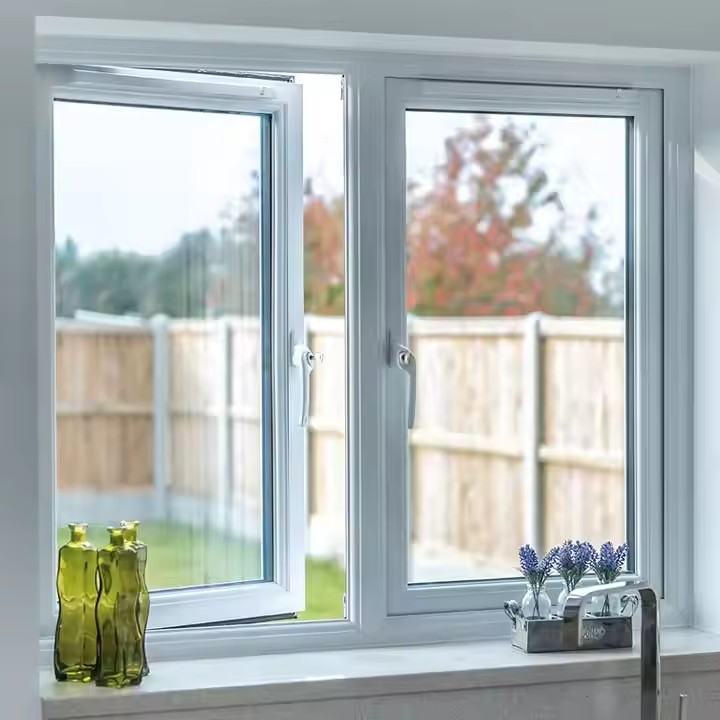The application of awnings in Australia is highly diverse. Given the vast territory and varied climates across the country, the demand for awnings is broad and significant. For example, people sunbathing on the beach need awnings for shade; cafés, outdoor restaurants, hotels, and small shops all rely on awnings to create comfortable spaces; even outdoor sports and fitness venues, such as yoga areas, often require them.
- Residential Use: Enhancing Comfort and Protecting the Home
This is the most common application scenario in Australia—almost every household installs awnings outside their home. The core needs are sun protection, furniture preservation, and extending living space. Awnings also serve as wind and rain shields, which is particularly important for small shops near coastal areas where weather changes frequently.
Balconies / Terraces: Many Australian balconies are open-style. In summer, direct sunlight causes heat buildup, making it hard to cool indoor spaces. Installing awnings can block over 70% of UV rays and heat, turning balconies into pleasant areas for tea, reading, or drying clothes. Small cafés and shops also use them to create cozy outdoor seating, protecting guests from strong sun or heavy rain.

Courtyards / Gardens: In homes with private yards or gardens, awnings are central to outdoor dining or family gatherings. They provide shade during barbecues and shelter from sudden showers. Many households also use awnings to create small leisure zones for chatting, outdoor movie nights, or relaxing under weather protection.
Windows / Exterior Walls: Some families install awnings over west-facing windows or exterior walls to block intense afternoon sunlight. This reduces indoor heat, lowers air conditioning costs, and prevents curtains, carpets, and furniture from UV damage. For large floor-to-ceiling windows, awnings are especially essential.
- Commercial Use: Attracting Customers and Supporting Operations
For businesses, awnings not only improve exterior aesthetics but also provide comfort for customers, directly supporting revenue.
Food & Beverage (cafés, restaurants, bars): Australians love outdoor dining. Spaces with awnings are far more attractive to guests. Awnings provide shade from the sun and shelter from light rain, encouraging customers to stay longer. Many cafés enhance the atmosphere by adding plants and lights under awnings, making them signature features. In summer evenings, awnings are particularly valued as they also help reduce wind and insect disturbance.
Retail Storefronts: Clothing shops, convenience stores, and other retailers install awnings at entrances to protect displayed goods from sun damage and create shaded spots for customers. This improves the shopping experience and draws more foot traffic in hot seasons.
Hotels / Resorts: Outdoor hotel areas such as poolsides, garden dining zones, and lounges almost always use awnings. They provide sun protection for guests, enhance comfort and luxury, and serve as attractive amenities that boost competitiveness.
- Public Facilities: Ensuring Comfort and Safety
Government and public institutions often install awnings to protect citizens, particularly vulnerable groups like children and the elderly.
Schools / Kindergartens: Playgrounds and outdoor activity zones must have awnings. Given Australia’s strong UV radiation and children’s sensitive skin, awnings provide safe shade for breaks and outdoor classes.

Parks / Community Spaces: Public benches, outdoor gyms, and bus stops often have awnings. At bus stops, they shield passengers from the scorching sun, reducing the risk of heatstroke. In parks, they create shaded resting spots for walkers and families.
Hospitals: Awnings are widely installed in hospital courtyards, recovery gardens, and ambulance bays. They protect patients during outdoor rehabilitation activities, offer shaded waiting areas, and safeguard medical equipment and vehicles from overheating.
- Special Purpose Applications: Targeted Protection
Beyond common uses, awnings are also applied in specialized settings where tailored weather protection is required, such as outdoor yoga areas, fitness spaces, or temporary event zones.

